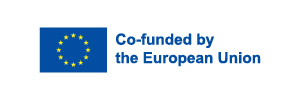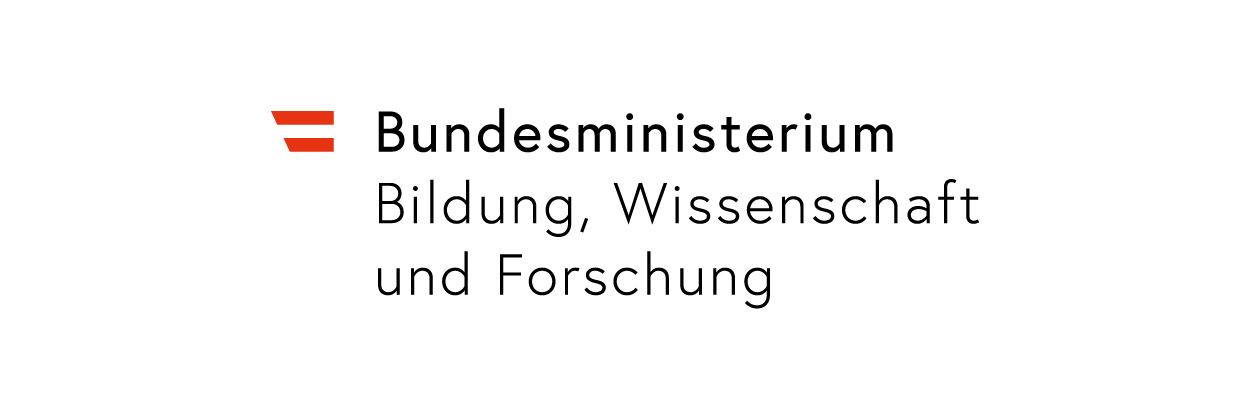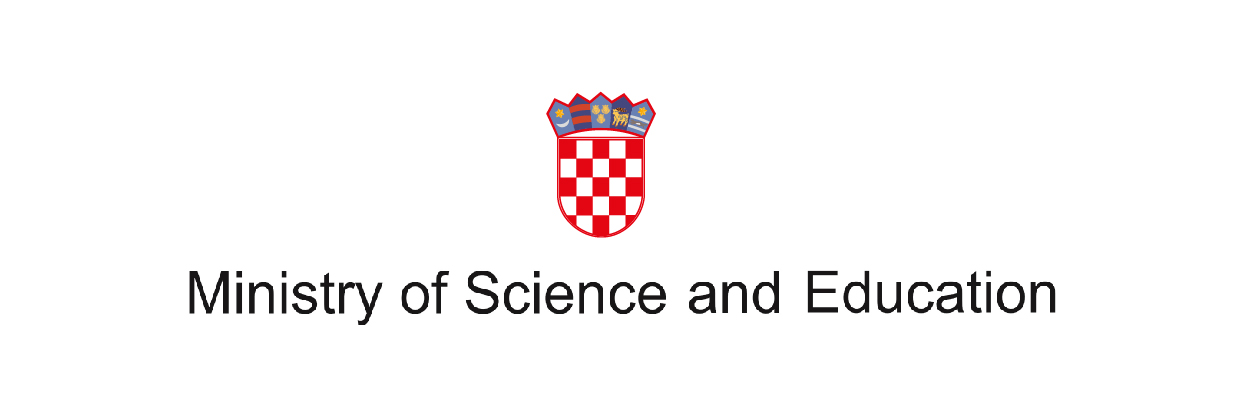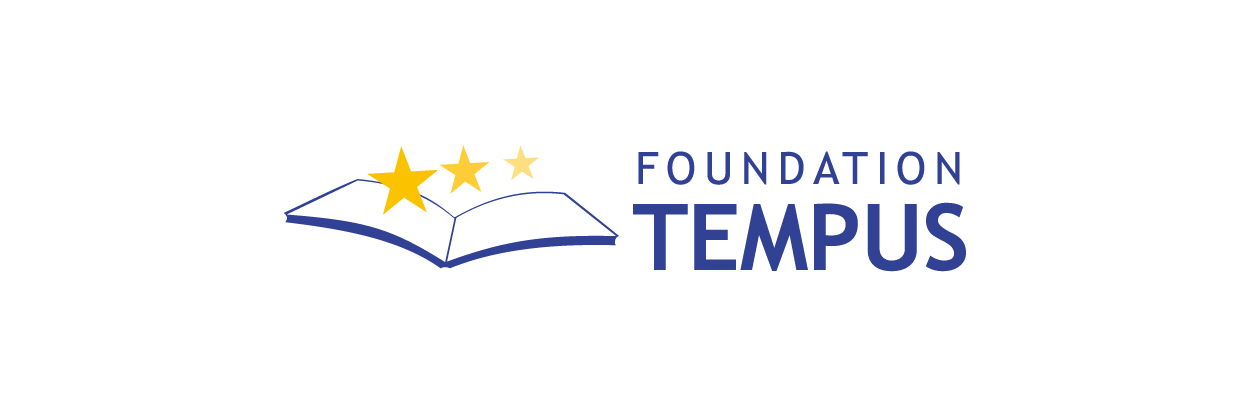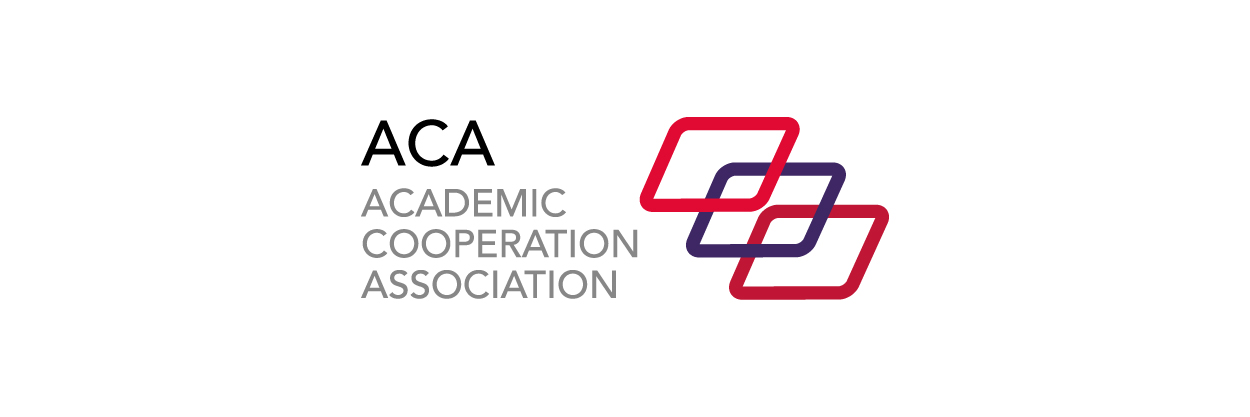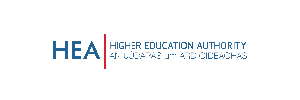Continuous Development Cycle
Operating within the framework of a Continuous Development Cycle (CDC), the PROFFORMANCE Toolkit fosters open communication, constructive feedback, and collaboration among academic leaders, educators, students, and support staff. This iterative process ensures sustained improvement aligned with institutional objectives, national priorities, and European Higher Education Area (EHEA) policy goals.
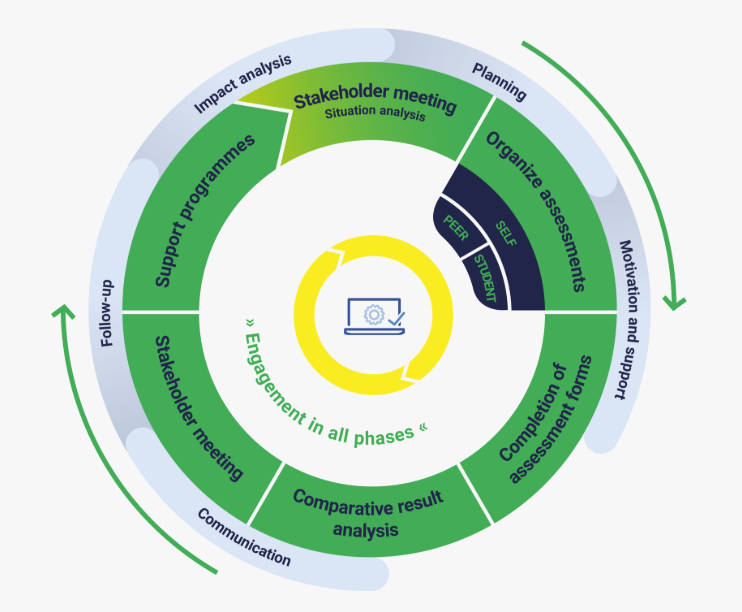
Key Steps for Effective CDC Implementation Supported by the PROFFORMANCE Toolkit
-
Stakeholder Meeting — Situation Analysis
Gather all relevant stakeholders—academic leadership, teaching staff, quality assurance teams, administration, and external partners—to review the institutional context, clarify objectives, and establish expectations for the CDC process.
-
Organize and Conduct Assessments
Coordinate self-assessments complemented by peer and student feedback, using diverse methods such as reflective exercises, peer discussions, portfolio reviews, and job shadowing, all supported by the PROFFORMANCE assessment tool.
-
Completion of Assessment Forms
Participants use the PROFFORMANCE Assessment Tool to complete self-assessment, peer review, and student feedback forms across thematic areas and EHEA priorities, ensuring a comprehensive and comparable evaluation.
-
Comparative Result Analysis
Analyze assessment data via the PAT platform or institutional data visualization tools to identify individual and institutional strengths and areas for development. This supports recognition and targeted professional growth.
-
Stakeholder Meeting — Follow-Up and Action Planning
Reconvene stakeholders to discuss findings transparently, celebrate successes, and co-design action plans. Leverage short courses and training modules, and consult the teaching excellence database to address identified development needs.
-
Support Programmes
Implement ongoing development initiatives including peer mentoring, online courses from the PAT toolkit, job shadowing, and student-teacher workshops. Encourage participation in professional learning communities to sustain motivation and enable a culture of constructive evaluation and peer learning.
-
Evaluation and Continuous Renewal
Monitor and reflect on the effectiveness of the implemented actions and their impact on teaching quality. Use insights and feedback loops to refine and initiate a new CDC cycle, ensuring continuous improvement at individual and institutional levels.




